End World Hunger
Buy a Hoop House for The Arkansas Delta - "Buy it Now" Item
- Item Number
- 108
- Estimated Value
- 8500 USD
- Buy Now Price
- 8500 USD
- Quantity Available
- 0
- Sold
- 0
Item Description
The Hoop House offered is a 30’X100’ hoop house that would be very good set up for a farmer in the Delta. For one hoop house it will cost $8500. This cost includes aluminum base framing (support braces associated), full irrigation system (drip/misting), raised beds, 3 mil reflective/plastic lining, heating system and ventilation system.
Hoop houses provide extra heating units needed potential year-round growing. Imagine earlier starts for your seeds, and later finishes of at least 4-6 weeks of extra production in spring, fall, and winter months. Plus, the protective plastic sheeting provides shields damaging winds, flooding, and drought as the conditions in the hoop house can be controlled with simple coverings (try 50% shade cloth in the summer, and inner layers of plastic in the winter for extra warmth), ventilation, and irrigation systems.
There are no set plans for a hoop house. The dimensions of your structure are determined by the specific needs and desires of each grower. All it takes to build your own hoop house is a little basic carpentry, patience, and some creativity. The hoop house differs from the greenhouse because it usually has no heating system or ventilation fan. The house is heated by solar energy and is cooled by the wind. Proper ventilation and a small heater can help to control growing.
Hoop houses are constructed with a series of large hoops made of a variety of materials – from PVC piping and rebar stakes to saplings and bedsprings, fiberglass rods, rubber tires, metal, and more – that are covered with greenhouse plastic, which is stretch snugly over the hoop frame and fastened to baseboards. Some designs include a mechanism for creating plastic sides with the ability to be rolled up for easy access to plant.
Hoop houses provide extra heating units needed potential year-round growing. Imagine earlier starts for your seeds, and later finishes of at least 4-6 weeks of extra production in spring, fall, and winter months. Plus, the protective plastic sheeting provides shields damaging winds, flooding, and drought as the conditions in the hoop house can be controlled with simple coverings (try 50% shade cloth in the summer, and inner layers of plastic in the winter for extra warmth), ventilation, and irrigation systems.
The hoop house differs from the greenhouse because it usually has no heating system or ventilation fan. The house is heated by solar energy and is cooled by the wind. Proper ventilation and a small heater can help to control growing.
Hoop houses are constructed with a series of large hoops made of a variety of materials – from PVC piping and rebar stakes to saplings and bedsprings, fiberglass rods, rubber tires, metal, and more – that are covered with greenhouse plastic, which is stretch snugly over the hoop frame and fastened to baseboards. Some designs include a mechanism for creating plastic sides with the ability to be rolled up for easy access to plant.
Hoophouses can be used to provide a higher temperature and/or humidity than that which is available in the environment but can also protect crops from intense heat, bright sunlight, strong winds, hailstorms and cold waves. This allows fruits and vegetables to be grown at times usually considered off season.
Your contribution is tax-deductible to the extent allowed by law.
Item Special Note
Editor’s note: Story and photos by Adelia Kittrell. Adelia has been with Heifer International for three and a half years. After two years in Peace Corps Paraguay, she began working with Heifer as a residential volunteer at Heifer’s learning center outside of Little Rock, Arkansas, in May of 2009 and currently works in the Philanthropy Department at Heifer International’s headquarters as a Resource Development Associate.
As an employee of Heifer, I sometimes get the chance to visit our work in the field. In September, I had the opportunity to visit one of Heifer’s projects right here in the Arkansas Delta, Seeds of Change. Like most people, when I think of Heifer’s work, I picture an exotic locale somewhere across the world. It was extra special for me to visit this project because my Grandfather grew up in the Arkansas Delta in Woodruff, and this trip gave me an opportunity to not only see what Heifer is doing in my back yard, but also how Heifer is changing the lives of people that very well could have been my family.
Heifer started working in communities in the Delta in October 2011. Seeds of Change is unique to Heifer in that it not only seeks to lift its participants out of poverty through agricultural inputs, but also to build local social capital and shift the culture of the region to one of hope and trust. In the words of one speaker that day, “re-create hope.“ This is not an easy task. A theme we heard repeatedly during our visit from town leaders and project participants was the number of organizations that have come and gone, abandoning participants and leaving them with a sense of suspicion. Touring the town of Hughes, AR, with its mayor and seeing the housing situation, gave me a sense of urgency, a need to understand how this could happen not two hours away from the bustling downtown center of Little Rock where I live and work.
When you hear the term “food desert,” Hughes is the definition. The local grocery store burned down last year, leaving a Dollar Store as the only source of food. The closest grocery store is 20 miles down the road, so unless you have a car (many residents do not, and there is no public transportation), your only source of nutrition is processed or canned food from the Dollar Store. This means that even if you wanted to eat nutritiously, you could not. If you live in Hughes, you do not even have the choice between a summer salad and a bag of chips. It is hard for me to fathom a livelihood in a town without a grocery store.
But that is just the beginning of the list of problems residents of the Delta face. In Hughes, the median household income is $19,375. The median household income for the nation is $51,914. One hundred percent of children in Hughes are on free or reduced lunches, and 44.6 percent of the population receives Supplemental Nutrition Assistance Program benefits. So with limited resources and the high price of fresh food, even if there were a grocery store in Hughes, how could they afford the healthy food they need to maintain energy and a healthy mind? The implications are great, far-reaching, and for another blog post.
Heifer’s first step in this dire situation is to teach families to grow food for their own consumption. This year, the farmers that Heifer worked with were able to lower their grocery bills and dramatically increase their consumption of fresh fruits and vegetables. These families have plans to start a farmer’s market next year to provide a source of food to others. Heifer is also working to organize a coalition helping to bring farmers together and teach them the best ways of growing food crops such as salad greens and southern peas so they can diversify their production and access additional markets.
Even though Hughes lies in the middle some of the best farmland in the country, the vast majority of the acreage is used for crops such as cotton, soy and corn not grown for human consumption (cotton for textiles, soy and corn are for animal consumption and ethanol). Additionally, the majority of farm acreage lies in just a few hands, or its use is complicated by the legal limbo of “heir land,” or parcels of land not designated in a will, resulting in many, sometimes hundreds, of legal owners scattered around the country, thus forcing the land to lie fallow in many cases.
Having my eyes opened to the circumstances of poverty in this region, I realized the implications it has had on my family and others living in the region. Jobs are few and far between in this region, and lack of education is a common problem. In neighboring St. Francis county, 28.7 percent of kids never finish high school, 37.5 percent finish high school (or equivalent), and only 33.8 percent gain education beyond high school. There is a need for opportunities for local advancement to keep people, especially those with a college degree, at home to help grow the local economy and infrastructure. In the case of my family, once my grandfather and his brothers acquired a college degree, they left and are currently scattered across the country. Without dramatic changes, the future holds little opportunity for advancement in the Delta. This “brain drain” crisis is a result of the huge problems this area is facing. However, while there is recognition of these problems, people first need a reliable source of nutritious food, shelter and access to clean water. Heifer is working with communities to face these basic problems, starting with what we do best: teaching a man to fish.
You can help re-create hope in the Arkansas Delta (and Appalachia) by giving to Heifer’s Seeds of Change project. Click here to donate now.
Heifer International stores data...
Your support matters, so Heifer International would like to use your information to keep in touch about things that may matter to you. If you choose to hear from Heifer International, we may contact you in the future about our ongoing efforts.
Your privacy is important to us, so Heifer International will keep your personal data secure and Heifer International will not use it for marketing communications which you have not agreed to receive. At any time, you may withdraw consent by emailing Privacy@frontstream.com or by contacting our Privacy Officer. Please see our Privacy Policy found here PrivacyPolicy.

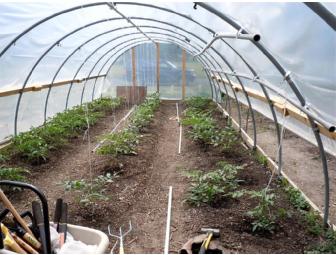
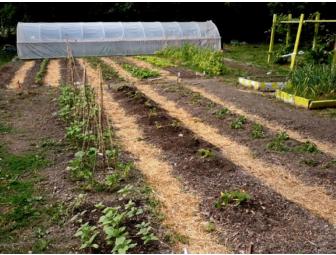
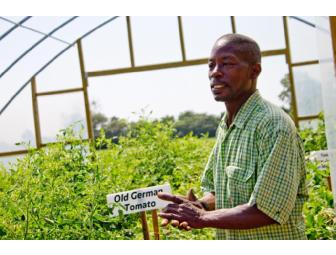





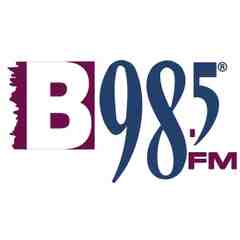


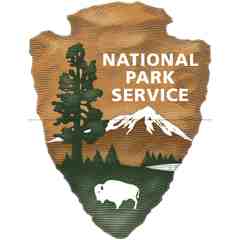


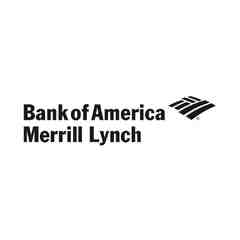




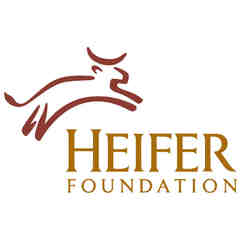
 Henry & Peggy Goodspeed/UBS Financial Services, Inc.
Henry & Peggy Goodspeed/UBS Financial Services, Inc.

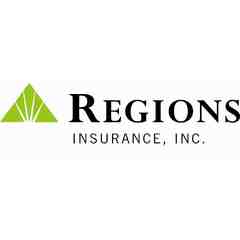
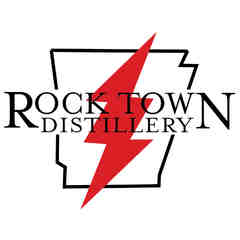

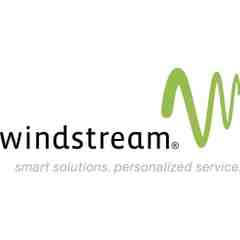
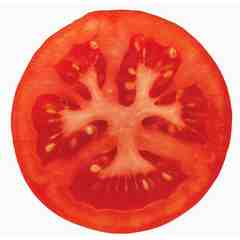 Brooke Vines
Brooke Vines
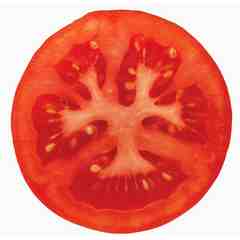 Cindy & Chip Murphy
Cindy & Chip Murphy
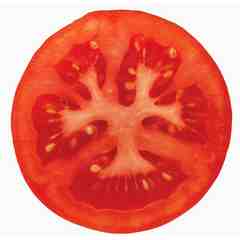 Jill & Bob Bloom
Jill & Bob Bloom
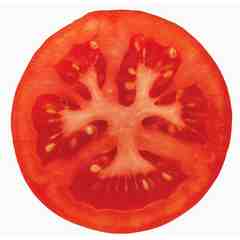 The Womble Family
The Womble Family
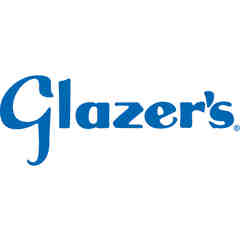
 Alfred L. Williams & Elaine Eubank and BancorpSouth Insurance Services, Inc.
Alfred L. Williams & Elaine Eubank and BancorpSouth Insurance Services, Inc.
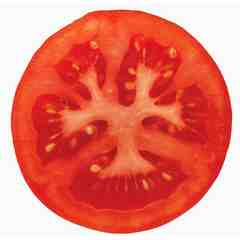 Cindy Murphy
Cindy Murphy
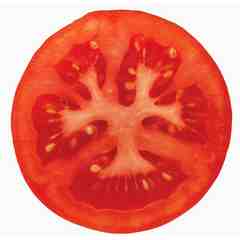 Jill Bloom
Jill Bloom
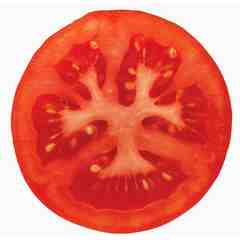 Lorri Hambuchen
Lorri Hambuchen
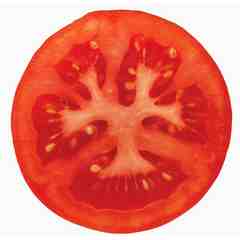 Patti Womble
Patti Womble
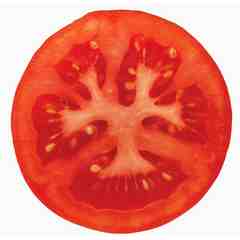 Sue Frueauff
Sue Frueauff
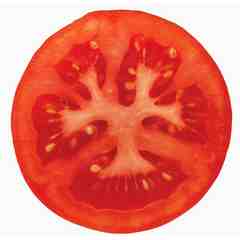 Anna Kay Frueauff
Anna Kay Frueauff